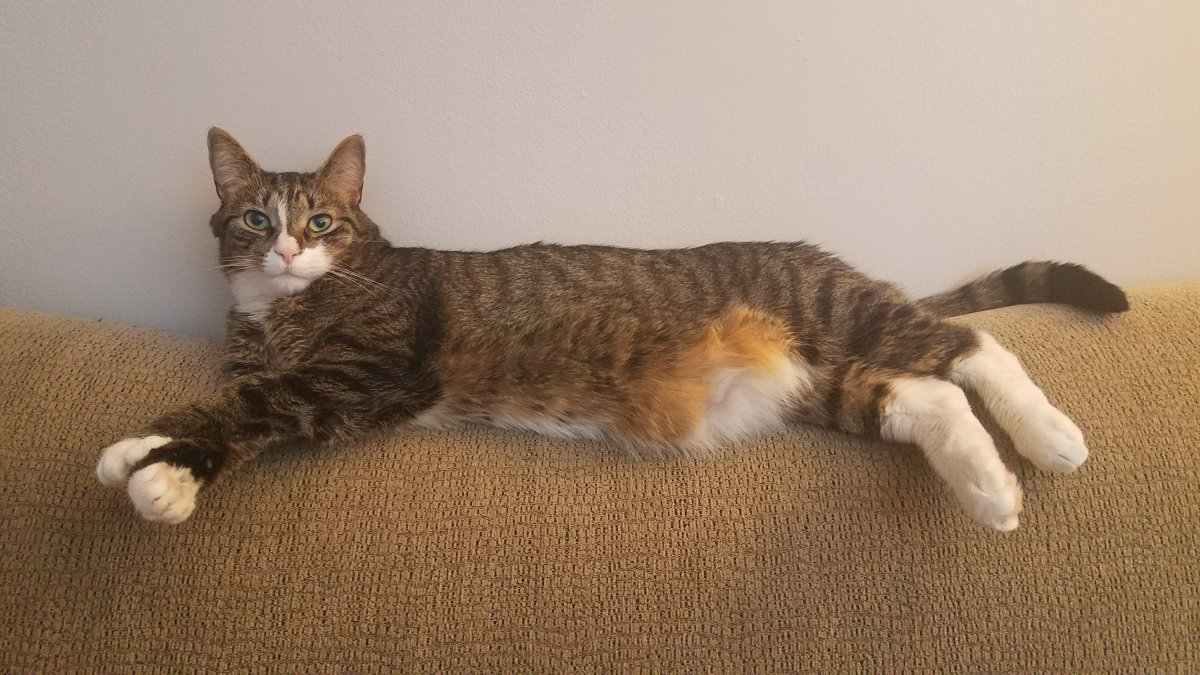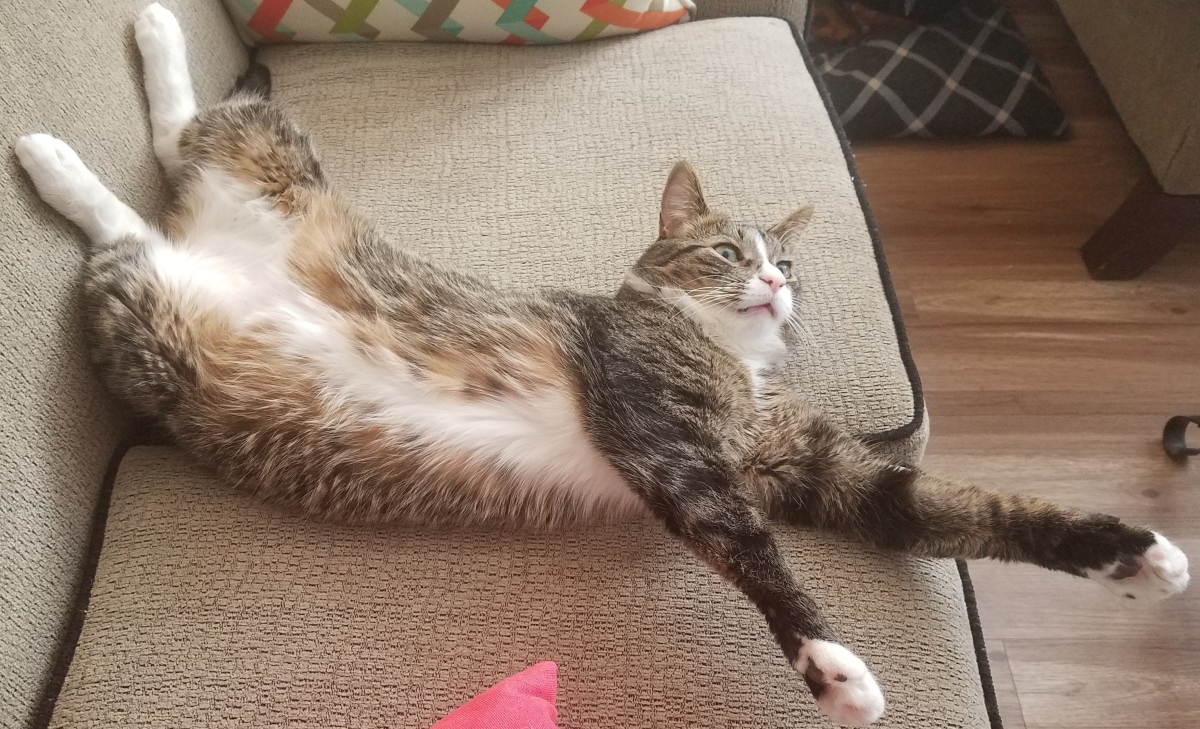I recently finished reading The Inner Life of Animals by Peter Wohlleben. Since he is a forester/farmer, the book is filled with many fascinating anecdotes and observations about animals. It would be a good book for people wanting to learn more about how intelligent and competent our fellow creatures are. I knew going into this book that I wouldn’t necessarily agree with all of Wohlleben’s perspectives since, based on the description, I knew he would lean more toward the condemnation of industrial and conventional practices for raising, working with, and cohabitating with animals. Still, I think we should challenge our mindsets and I truly went into reading this book with the intent to learn something new. Don’t get me wrong, I DO think there is a lot that can be improved by better understanding the animals around us and this book does a good job of starting an important discussion. However, I felt that Wohlleben often digressed from the intent of his book which was to discuss evidence for animal emotions. Instead of building up evidence to make a point, I thought that he resorted to telling several unrelated, but interesting stories. I also began to feel dreary with his relentless criticism of human behavior. It did, however, inspire me to write about a topic that I have thought about many times in the past, the morality of having animals work and provide for us.
When I say “work” I mean situations like riding horses or using them to pull carts. As well as dogs used for herding, police work, and as therapy animals. I’m sure you can think of other examples where people “ask” animals to do something outside of their normal behavior. I think the first question to address in approaching this topic is whether or not animals enjoy these activities. Coming from my own experience and stories I have heard from others, my answer would have to be – yes and no. I think that some animals love to work. For example, my dad’s dog Snoopy, an Australian Shepherd, a herding dog, just adores being busy. He will be there with his people faithfully while they look after the goats, go out to the woods to cut wood, etc. If we had trained him to actually herd, I’m sure he would like that as well. I think this is common with herding and working dogs who it can actually be detrimental to if they are not kept busy. On the other hand, I have definitely been on the receiving end of a horse’s (or mule’s, since that’s actually what I had growing up) annoyance at having to be ridden. And let me tell you, it is not fun. Although, generally once you get underway they accept (or resign) themselves to the situation, just like people do. Along the same lines, when you are initially training a horse to ride, even though many advanced and gentle techniques of accomplishing this are used today, it inevitably puts some stress on the animal. And is that ok?
The next question this leads to is whether or not some stress on an animal is ultimately a good thing or if it is unethical to force an animal to do something that they don’t necessarily enjoy. To address this, I am going to assume that most animals that we work with have similar emotions to humans, which I believe that they do. That’s one thing that Peter Wohlleben and I could agree on. I believe that it is important to minimize stress for animals, but I would argue that not all stress can be avoided and that some stress can actually be good. Generally when animals are working, they are getting some sort of exercise. We exercise both mentally and physically to stay healthy and the same is true for animals. It’s important that domesticated animals stay active, just like their wild counterparts. A bored animal, as you may have experienced, often uses their excess energy to get into some bad behavior. And an animal that isn’t physically active can become overweight. Obesity in animals is becoming a major concern (just like humans!), and it carries those same health concerns. Exercise is essentially a form of stress because we are challenging our minds and bodies. So perhaps, as I eluded to before, could an animal’s initial grumpiness at having to work be similar to our own difficulty in getting motivated to work out? But then afterwards, you feel so much better!
I obviously can’t be sure about how animals feel after working. I can however, attest to the fact that I have worked with animals all my life and never felt like they were truly suffering because of what I asked them to do. In fact, I felt that working with animals, even though one of us would occasionally get frustrated, ultimately strengthened our bond. That segues into my next point, which is my belief that interacting with and working with animals has numerous benefits for people (and therefore probably animals as well, although that is more difficult to elucidate). Reported health benefits include lowering blood pressure and facilitating social interactions among many others (1,2). In the right environment I could also add practicing patience, teaching children responsibility, and fine-tuning your communication skills. There is something so fundamental and natural about working with animals. It is what inspired me to start this blog. Many benefits of interacting with animals have been scientifically supported, but I can’t help but to think that there is some other less explainable, spiritual benefit as well.
The last aspect of this topic I want to discuss is the fact that, even if an animal enjoys doing work for us, didn’t we just breed them to be that way, to fill our needs? What exactly gave us a right to do that? There are many people who believe that messing too much with nature is wrong. I myself, think that selective breeding goes too far when it results in health problems for the animals themselves. But, let me ask you this, how much do you think we have evolved to adapt to the animals around us? Dogs have been intimately linked to our lives for over 14,000 years. I remember that in one of Temple Grandin’s books, Animals in Translation, she discussed the theory that we have actually adapted to the presence of dogs just like they have adapted to ours. Could it be that as our strength became critical thinking, the dog literally became the eyes, ears, and nose of the operation? Maybe animals are more of our partners than our servants. I certainly believe that they deserve such respect.
I considered writing a paragraph on the negative aspects of working with animals, since this entire post may just seem like a justification of how I chose to live my life. However, the con of working with animals (when you’re not sure if they enjoy it) is obviously the unnecessary stress that you put on them. And if you believe that we should never put stress on an animal and therefore, stop using animals for our purposes, then by all means live your life that way. It is a valid point of view and I have spoken with people who felt that way. I do choose to live my life differently though, because I have always found there to be so much beauty and joy in the relationships I’ve shared with animals.
I know this post was a bit long and philosophical, so I will keep it lighter next time. But, I’d love to hear your stories and thoughts on the human-animal bond!
* The picture above is of me with my dad and the Belgian draft horse named Major. My family used to use the horses in the woods to skid logs. Major has since passed away, but I remember loving him. And even though I was holding onto the lines, I didn’t really have to do much, since he new the routine.
1: Baun, M.M., Bergstrom, N.; Langston, N. F., Thoma, L. Physiological Effects of Human/Companion Animal Bonding. (1984). Nursing Research. Retreived from https://journals.lww.com/nursingresearchonline/abstract/1984/05000/physiological_effects_of_human_companion_animal.2.aspx
2: Wood, L., Giles-Corti, B., and Bulsara, M. The Pet Connection: Pets as a Conduit for Social Capital? (2005). Social Science and Medicine, 61(6), pages 1159-1173.








